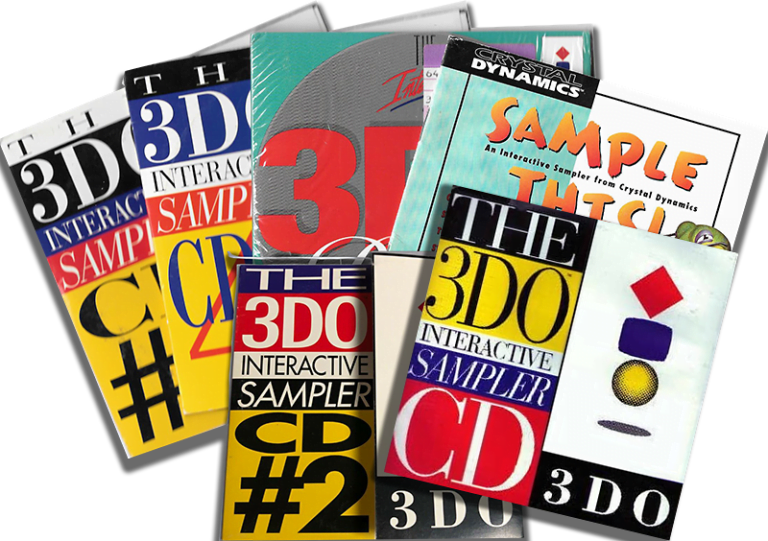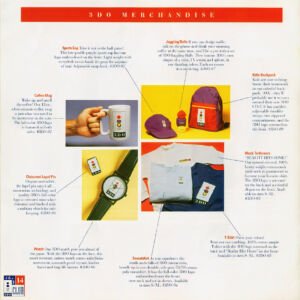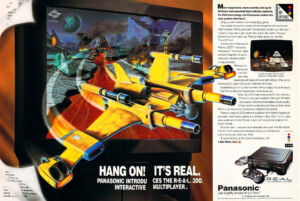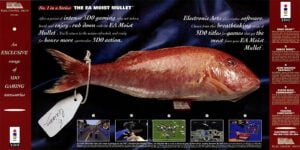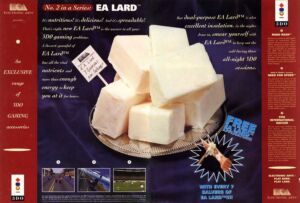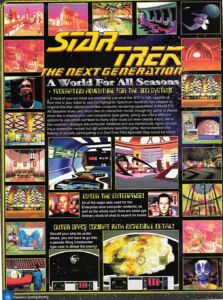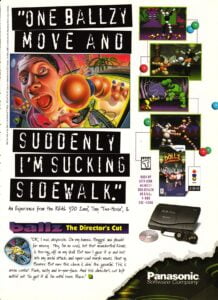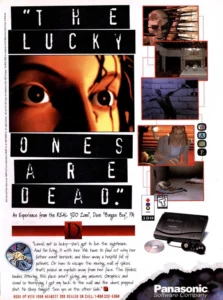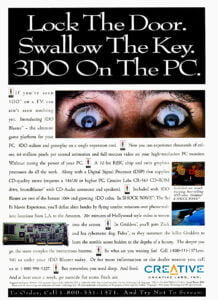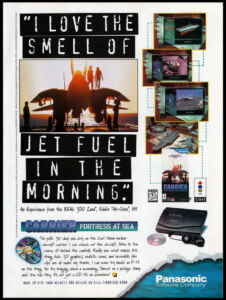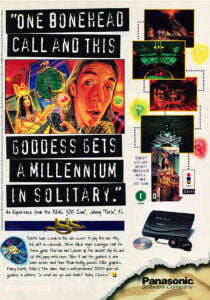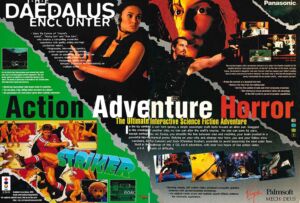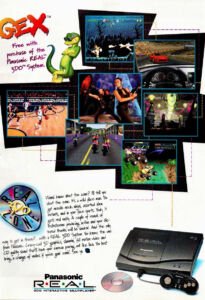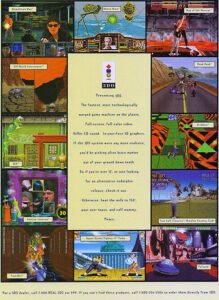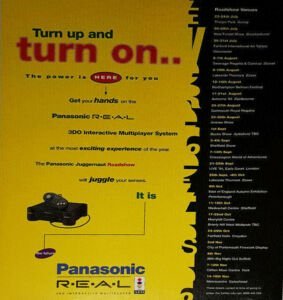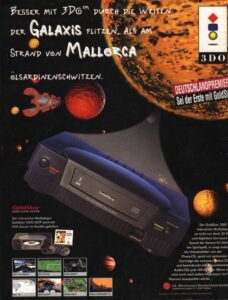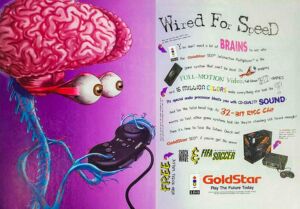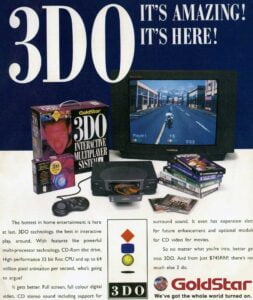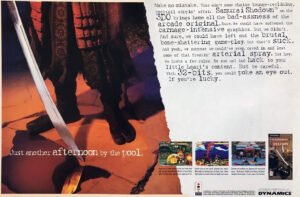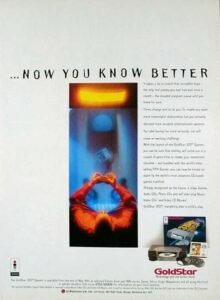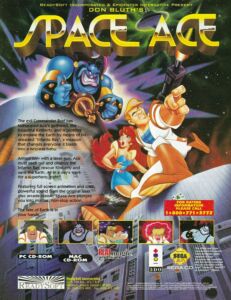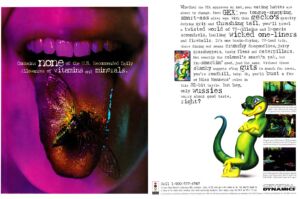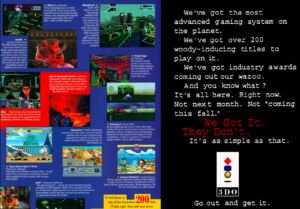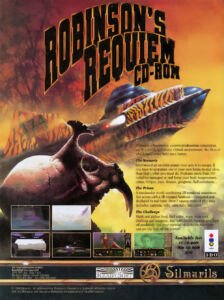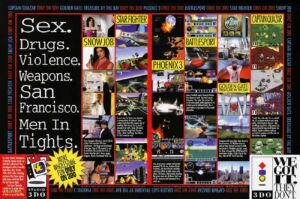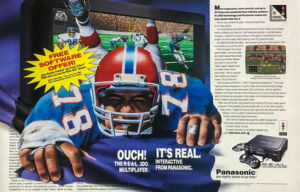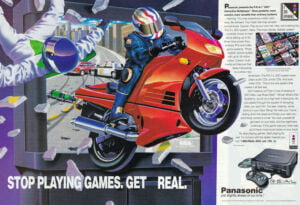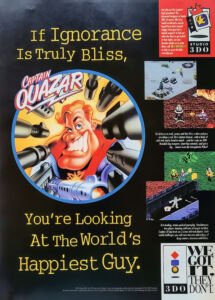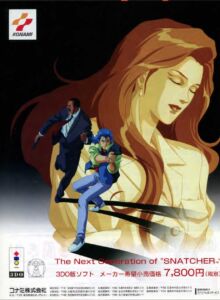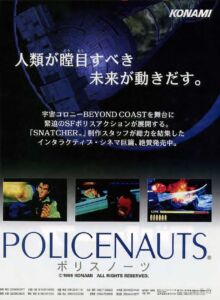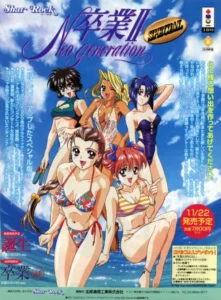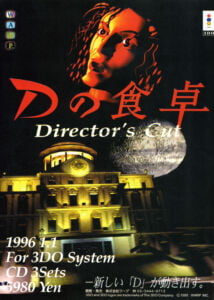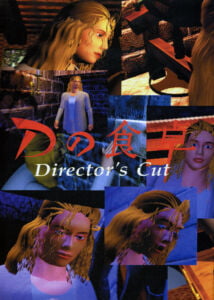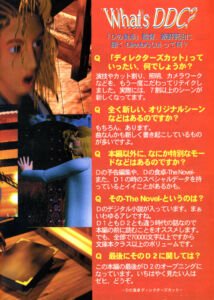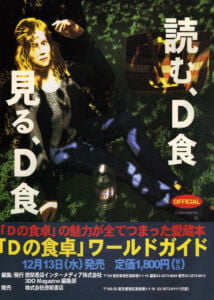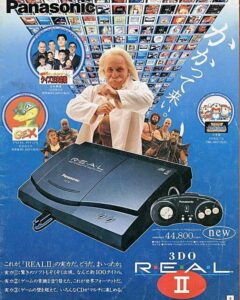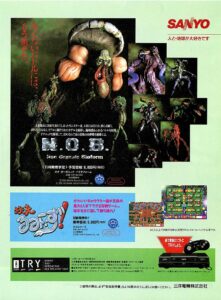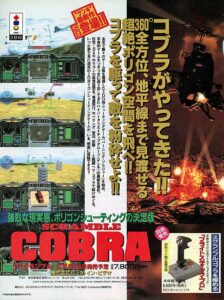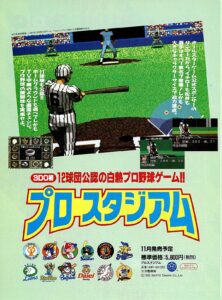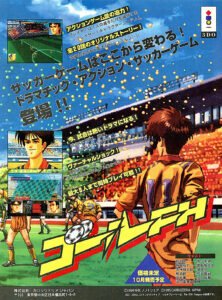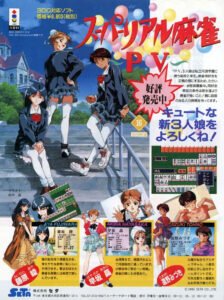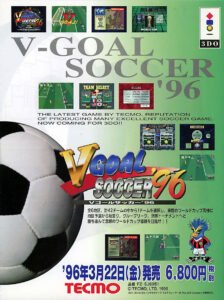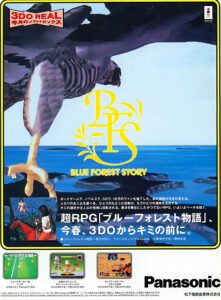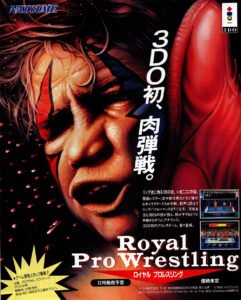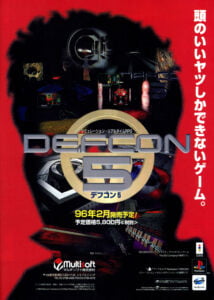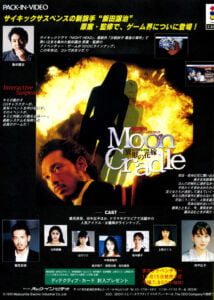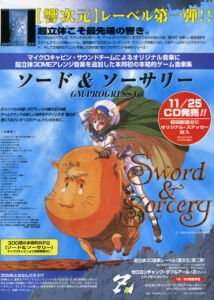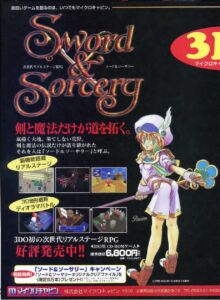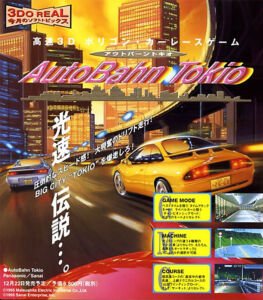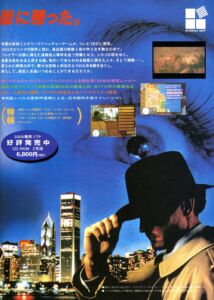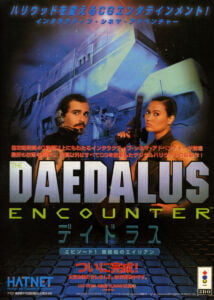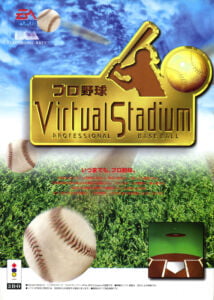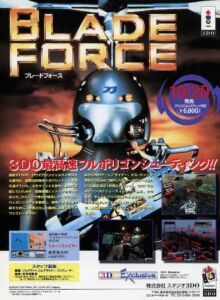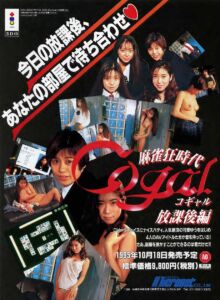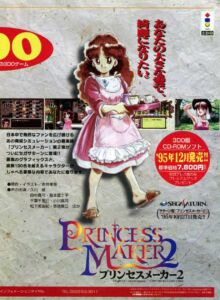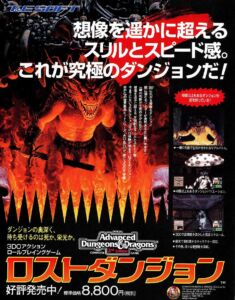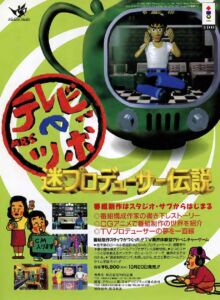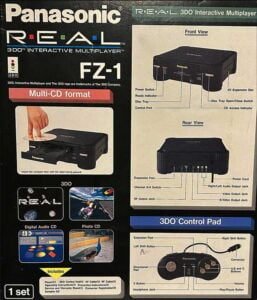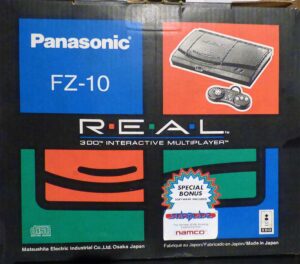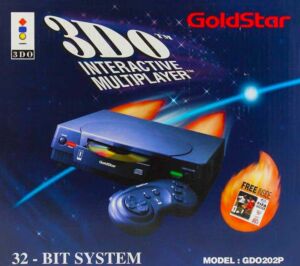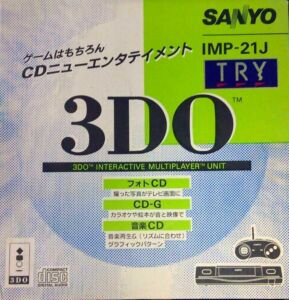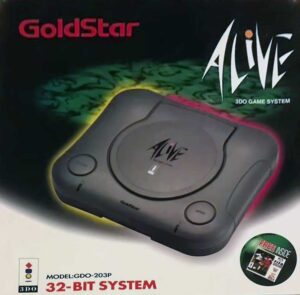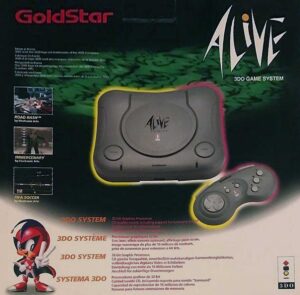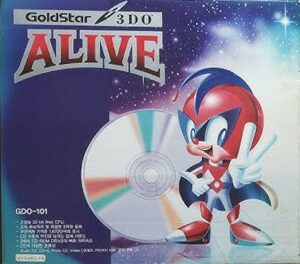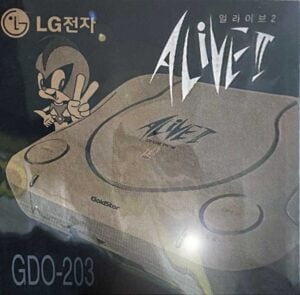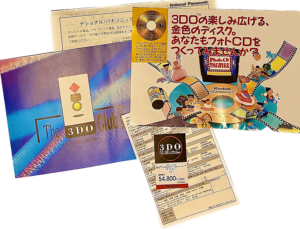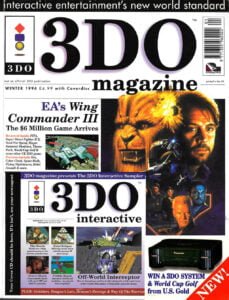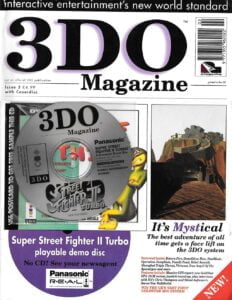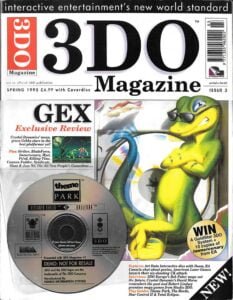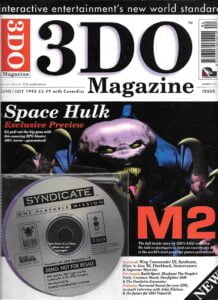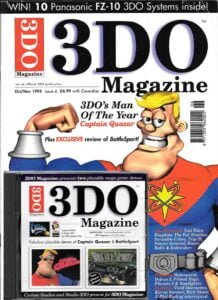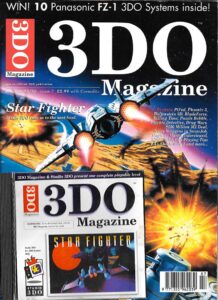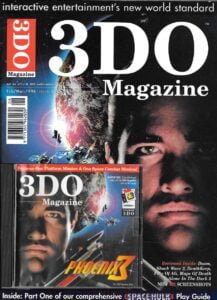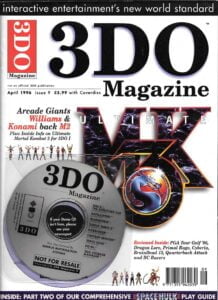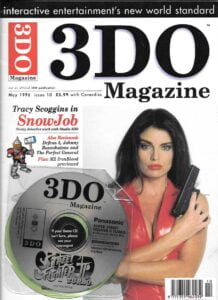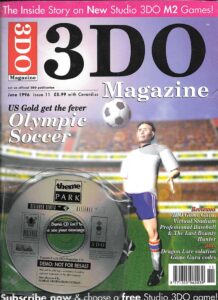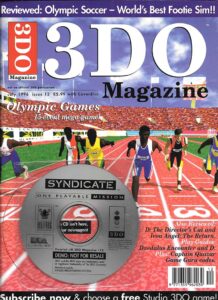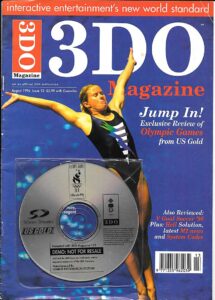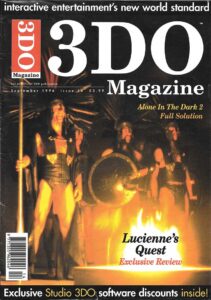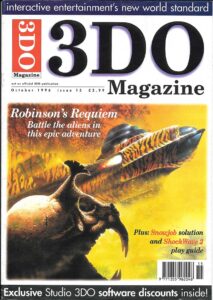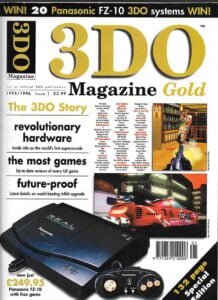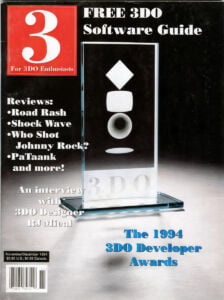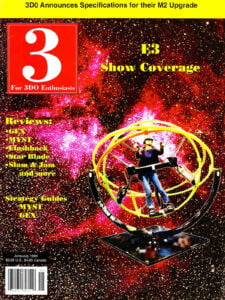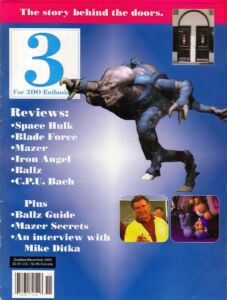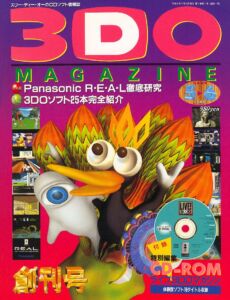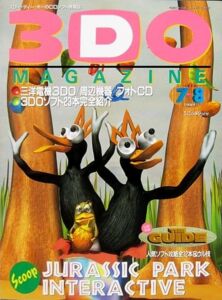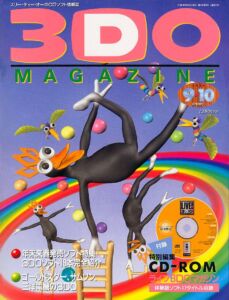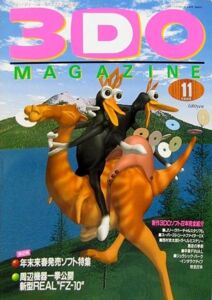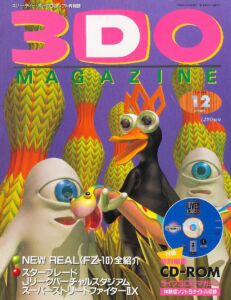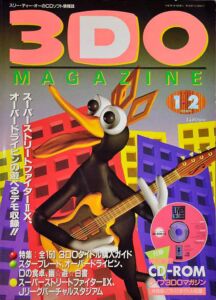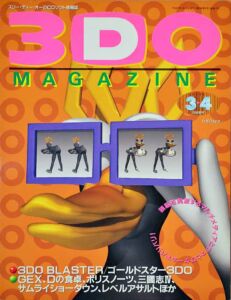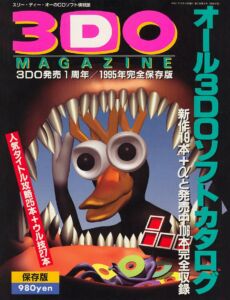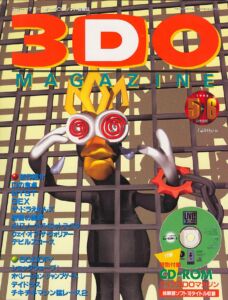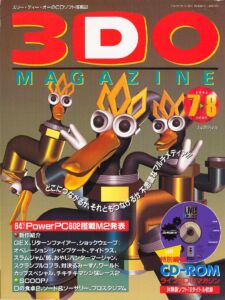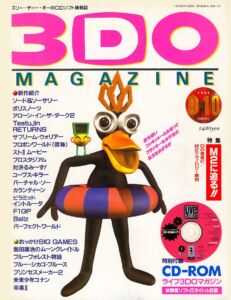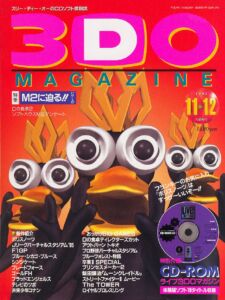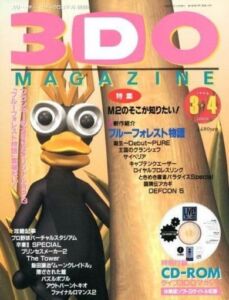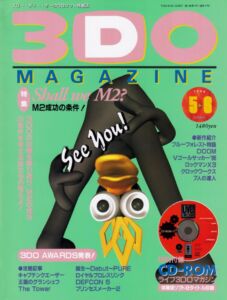3DO Marketing
Trip Hawkins marketing vision
When Trip Hawkins launched the 3DO he won initial stakeholder and stock market support using the following claims
- 3DO would provide 50 times faster rendering and calculation speed than the current competition and promised of a new era of 3D interactive gaming.
- He predicated game players could leave behind the era of Sega Megadrive and SNES chunky 16-bit graphics and experience smoother, more life-like looking games and animation. This was why Matsushita called their 3DO system “R.E.A.L.”.
- With over a million colours available, 3DO adopters would be able to experience gaming in a whole new light and usher in a new era where a New Hollywood would be created through the merging of Silicon Valley and Hollywood.
- The system’s Dolby capable digital sound and surround sound would fully immerse gamers as never before .
- The CD-ROM capability would mean vastly more storage than cartridges leading to life like engaging interactive movies, clear and vibrant digital video and the witness the beginning of of a new generation of 32BIT gaming featuring never before seen types of interactive software, movies and games.
- 3DO would be a multi-media chameleon, fitting the needs of a broad target demographic with its powerful capabilities and 3D rendering. 3DO was not only a games machine, it would be an educational tool. It would compliment traditional school textbooks with a new type of interactive learning media experience.

3DO attracts big industry players
Apart from the gaming giant EA, 3DO also won the backing of huge global manufacturers such as AT&T, Sanyo and Matsushita (Panasonic). It also attracted support from established entertainment companies like MCA/Universal Studios who owned rights to blockbuster franchises like Jurassic Park and the massive entertainment group Time Warner.
Finances had also been bolstered by venture capitalist Kleiner Perkins Caufied & Byers.
This dream team provided an initial investment of $3 million, with a further $50 million raised in a shares issue on Wall Street.
Trip Hawkins’ genius was in positioning 3DO at the cutting edge of the coming interactive revolution. Hollywood saw the possibility of interactive movies and games which could redefine the home entertainment experience and make good use of their existing IPOs.
3DO and the new CD-ROM media
The 3DO needed to use CD-ROMs to enable them to expand the market demographic for multimedia software and the addition of a CD player was one of the reasons for the units high price. In America, 10 titles were planned to be launched with the system with 20 titles on sale by Christmas. Additionally, 52 companies signed licensing agreements for Japanese-developed software and 20-30 titles were expected to be on sale in Japan by July.
American 3DO buyers would get their games in long colourful boxes with the CD game and manual inside. The European games would be launched in dual CD type cases with English and foreign language manual translations. The long boxes are far more desirable and collectable these days but some are unfortunately quite flimsy and don’t have rigid boxes.
Trip realised that moving to 32 BIT CD Rom based games would initially prove challenging for developers more comfortable on cartridge based 16 BIT consoles for Sega and Nintendo. For that reason 3DO was prepared to help developers get onboard with this new technology and offered an amazing developer support network and even a monthly newsletters for developers.

3DO Japan 1994
The video game industry in Japan had diversified due to the shifting age range of gamers and publishers knew it was no longer enough to design software solely for children. The Matsushita 3DO R.E.A.L had sold 100,000 units with buyers mainly in their late teens and early 20s. A paradigm shift was needed to rethink the concept of games. The 3DO was therefore marketed as a multimedia machine, closer to a TV than a game console and efforts were made to improve quality and create additional connections via video and phone. It was clear at the time to Japanese game industry experts that game visuals and interactivity were notably improved by using the new CD-ROM format.
Other software developments initially planned include music, interactive cinema, and digital catalogues. The goal had been to sell 1 million units in Japan by September.
Note: there were a total of 214 games released for the Japanese market – showing how popular the console was.
English worldwide 3DO advertising
Japanese 3DO adverts
3DO adverts and CES Coverage
3DO console retail box variants
3DO Magazine in the UK
3DO Magazine was a 1990s publication from Paragon Publishing and was the primary magazine dedicated to the 3DO videogame console in the UK. The magazine had 15 issues and had tons of reviews and obviously was a little more forgiving on it’s reviews of some of the poorer 3DO games unlike EDGE . It was however a great read for any 3DO enthusiast and featured the usual previews, reviews, industry news and game studio features. The magazine also came with a cover mounted disc (until issue 14) with playable demos of the latest 3DO games.
3 Magazine in the USA
3 Magazine was the only 3DO dedicated magazine in the USA and was published by PIM Publications Inc. in Massachusetts USA . The magazine contained game reviews, interviews with Trip Hawkins and other players in the 3DO gaming scene as well as strategy guides and awards.
3DO LIVE Magazine in Japan
3DO Live Magazine was a bi monthly Japanese magazine featuring a demo disc and a cardboard cut out demo CD sleeve and instructions. The magazine was published by Tokuma Shoten Intermedia and featured in depth reviews, comprehensive walkthroughs, an adult games section and industry news from all over the world. The CD contained game demos, interview and demo movies, a game catalogue index and photos. For some reason the magazine used some sort of comical duck billed platypus with huge eyes as its mascot.
Demo Discs
3DO released 4 demo discs during the life of the console and a 5th video tape demo reel featuring the famous M2 Demo and other newer titles. There was also a demo disc released by Crystal Dynamics – called Sample This and one from Interplay called 3DO Buffet – which featured the unreleased Water World.
The amazing 3DO Magazine also had demo discs on all of its earlier issues before the editions got paper thin at the end and there were also demo discs available on the Japanese 3DO LIVE Magazine.
